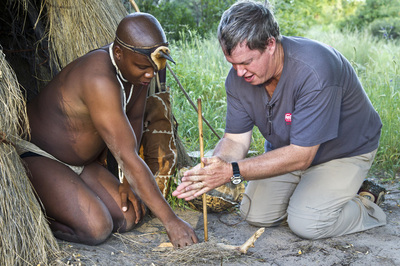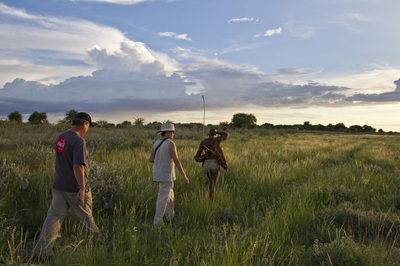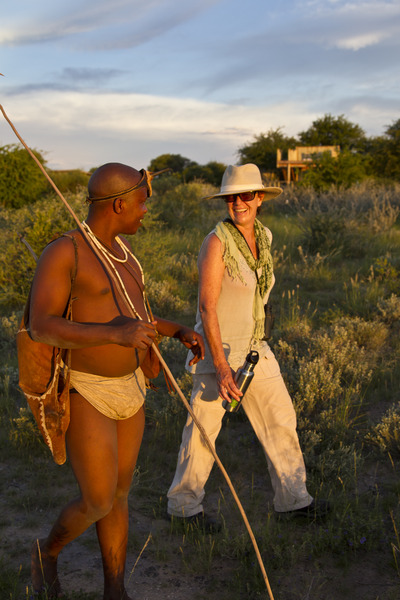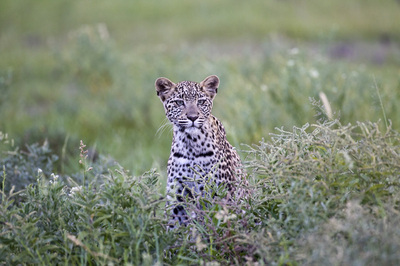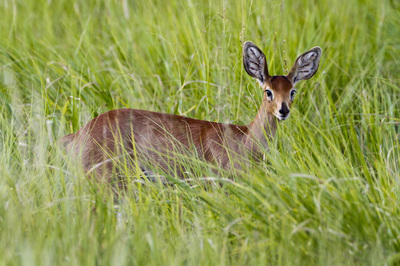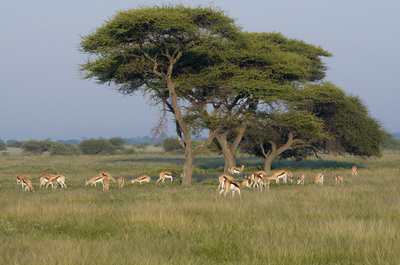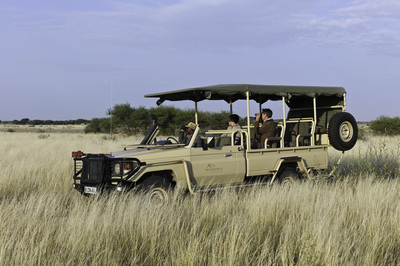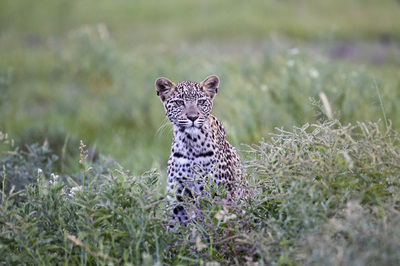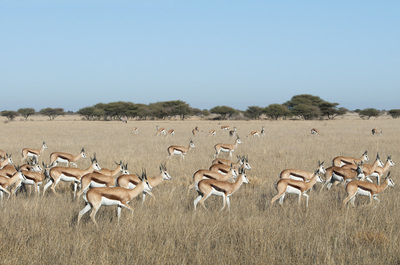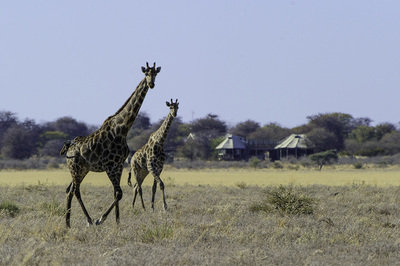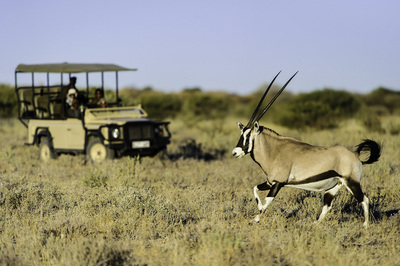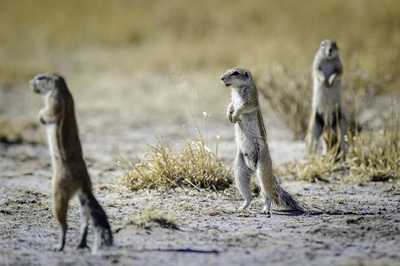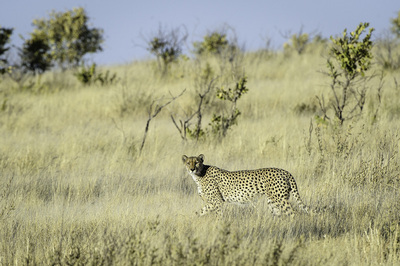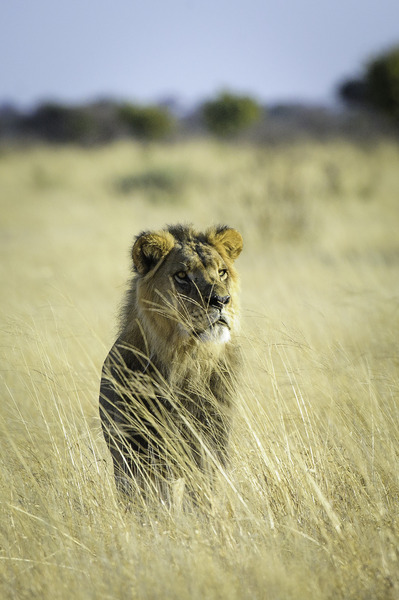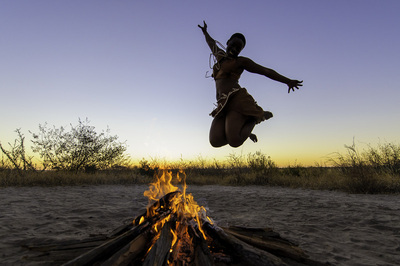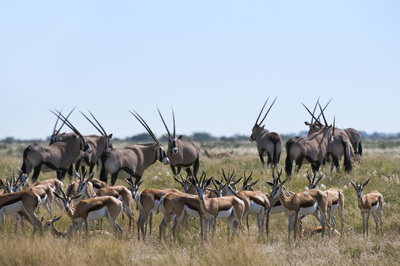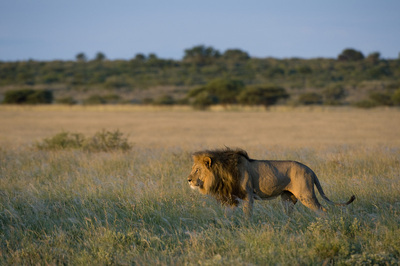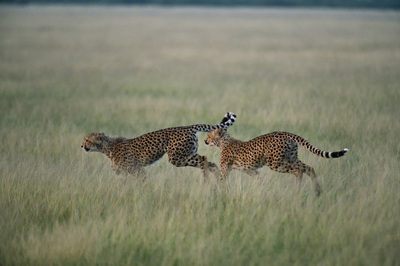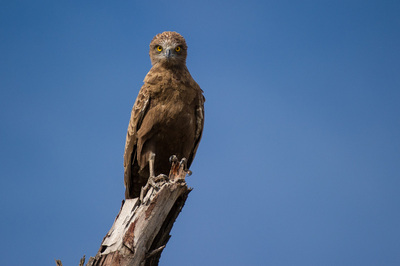|
THE CENTRAL KALAHARI
The Kalahari Desert stretches across seven countries and covers the entire central and south western regions of Botswana. However, its name is misleading because the average rainfall exceeds that of a true desert. Instead it is a vast, arid, predominantly featureless area of sandy sediments. Its plains are covered by scrub, grasses and patches of woodland. There is no surface water in the Kalahari and only occasional rivers.It incorporates the Central Kalahari Game Reserve, Africa's largest protected area, where a surprisingly large number of animals thrive. Remarkably, they have adapted to their surroundings and the harsh conditions in which they live.The southern part of the Central Kalahari is home to the San Bushmen. The Bushmen are one of the most studied groups of people in the history of anthropology and for many thousands of years they pursued a traditional hunter-gatherer lifestyle. SEASONS - BEST TIME TO VISIT The Kalahari has no seasons. Instead there are three distinct phases: the rains, which may commence anytime from November to January, and last through to March, April, making the Kalahari a birder's paradise. A cold dry spell follows from June to August. And the hot dry spell lasts from September until the rains starts. |
KALAHARI MAP
HIGHLIGHTS AND FACTS
PHOTO GALLERY (Courtesy of Wilderness Safaris)
|

